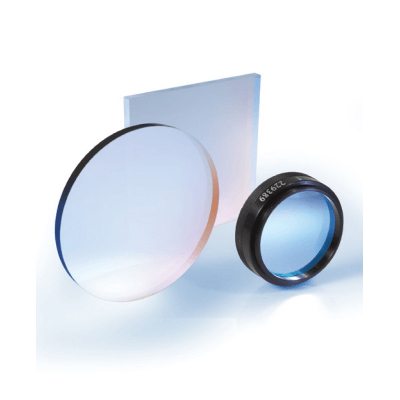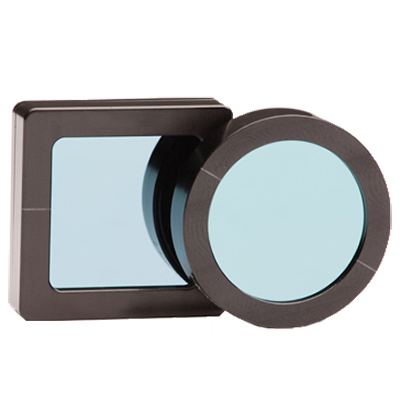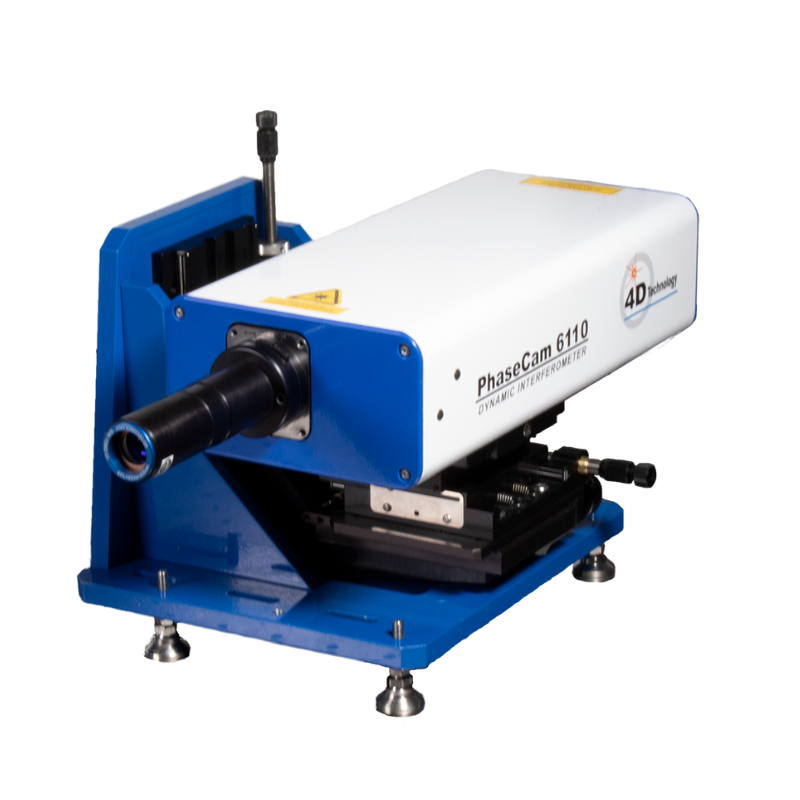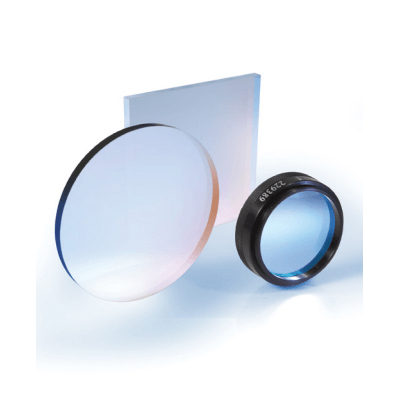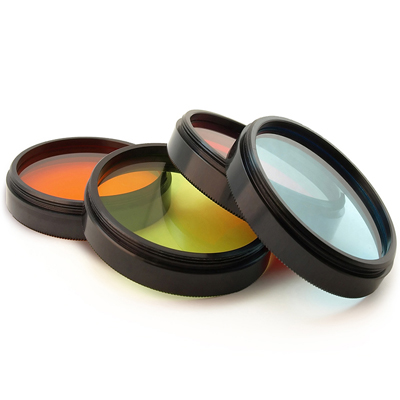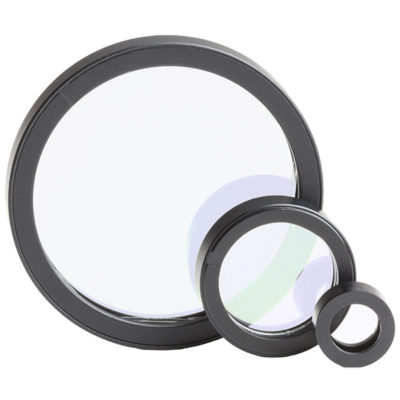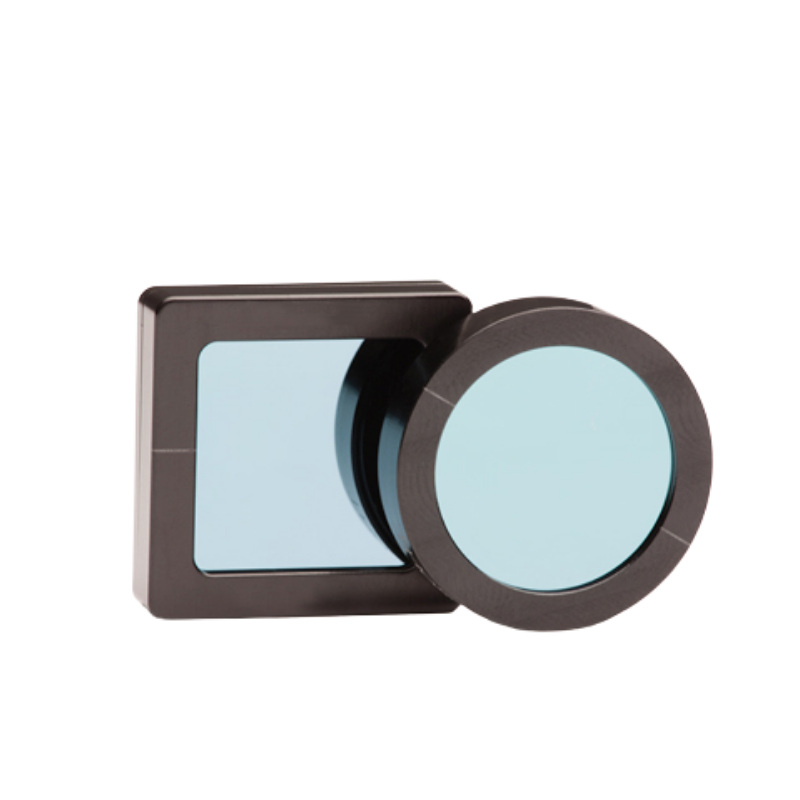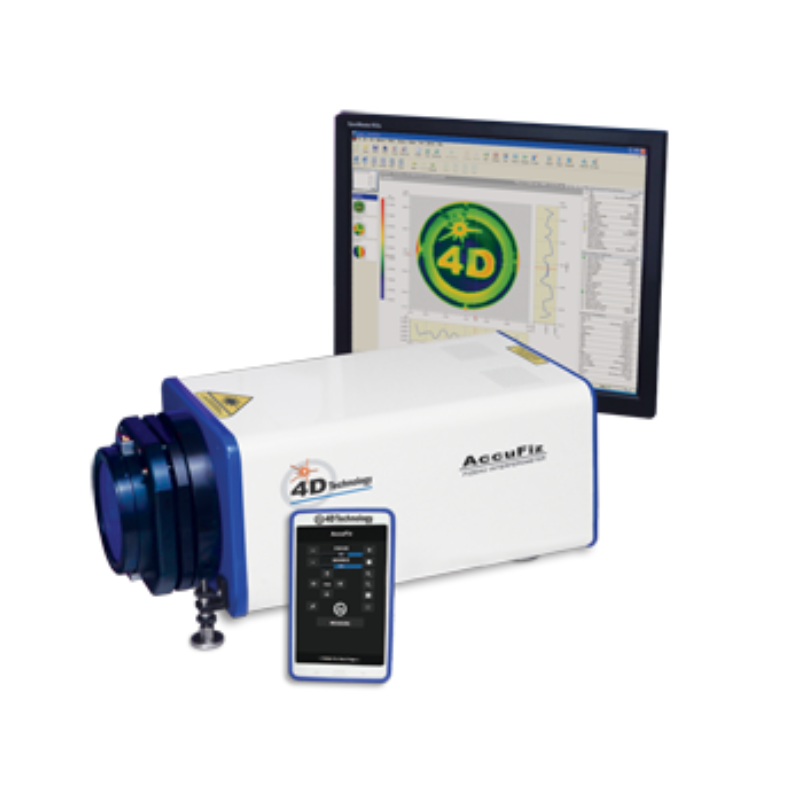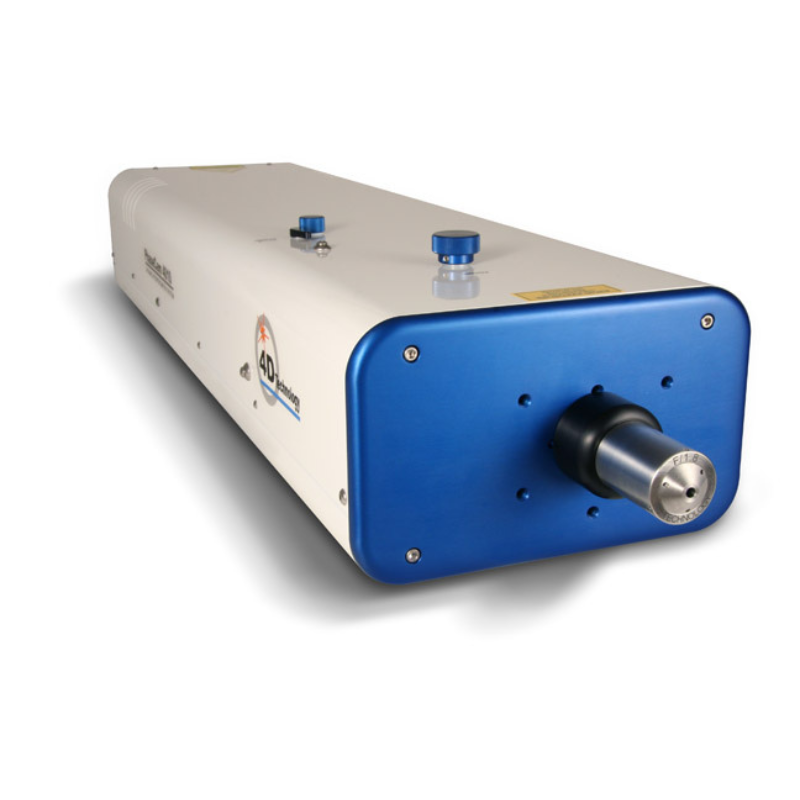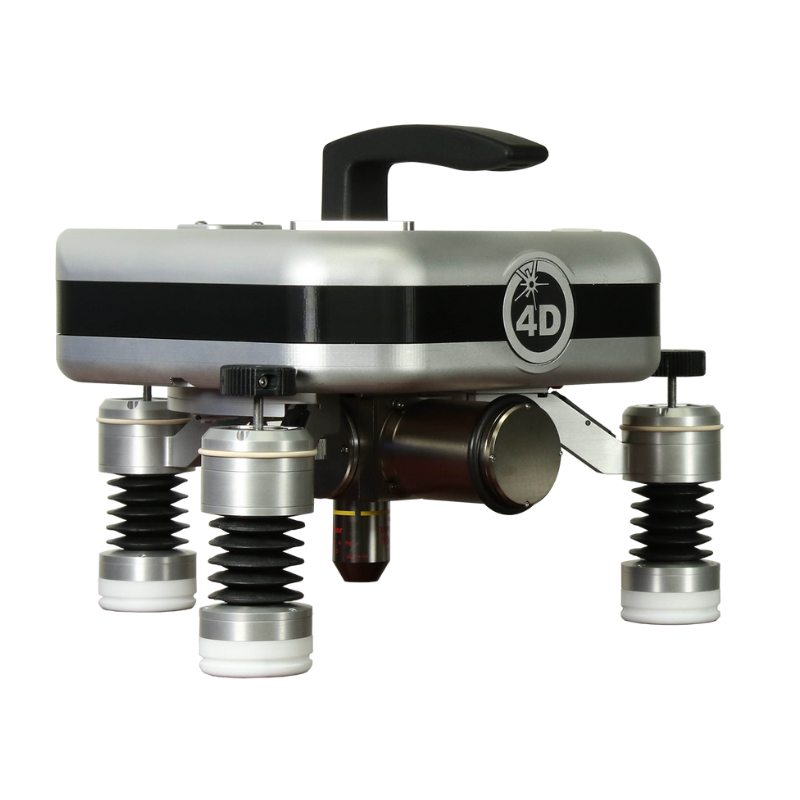Click here to discover more
Optics and Optical Metrology
Our range of Standard and Custom Optic Filter Solutions
Quantum Design UK and Ireland supplies a wide range of standard off-the-shelf optical filters as well as custom parts for specific applications or requirements. Plus, interferometers for optical metrology.
See all the Raptor cameras at a glance and then book a demo!
PRODUCTS:
Fizeau Laser Interferometry
Dynamic Interferometry
HD Optical Profiler
We have been a provider of high quality optical filters to the UK market for a number of years with applications including, but not limited to; hyperspectral imaging, water and gas analysis, plasma analysis, thermography, astronomy, UV curing and photolithography. Our standard filter range includes bandpass filters, long and short pass filters, dichroics, Neutral Density filters and both soft and hard coated components. As well as stand-alone solutions, our filters can also be incorporated into other products that we provide – such as order sorting filters in monochromators, bandpass filters in IR cameras, or heat rejection filters in our broadband incoherent light sources. Please contact us if you have a custom filter requirement or have any questions regarding our standard product range.
The Moxtek linear polarisers and beam splitters are constructed completely from inorganic materials. This allows them to be more tolerant to high temperature or high photon flux environments compared to organic polymer film alternatives. This is especially important in UV curing and projection display applications. The company has been innovating since 1986 and has now become a leading supplier of advanced nano-optical and X-ray components for display electronics, imaging and analytical instrumentation.



